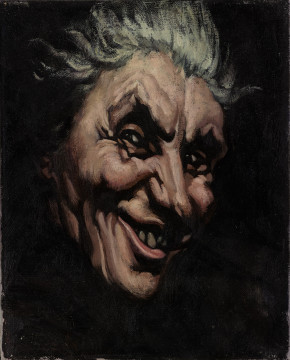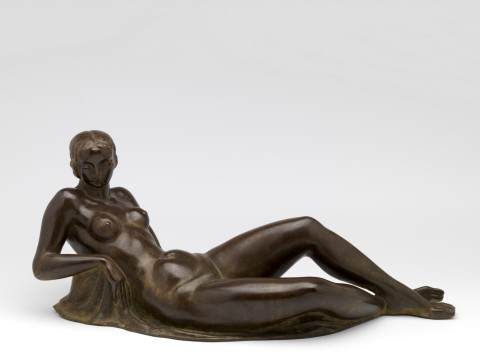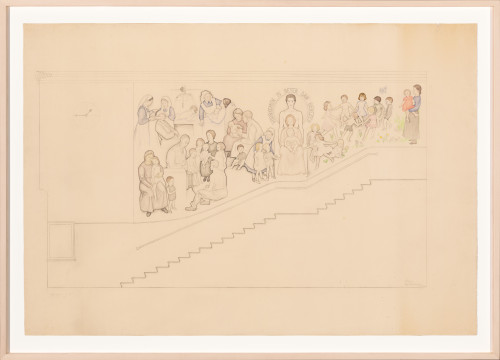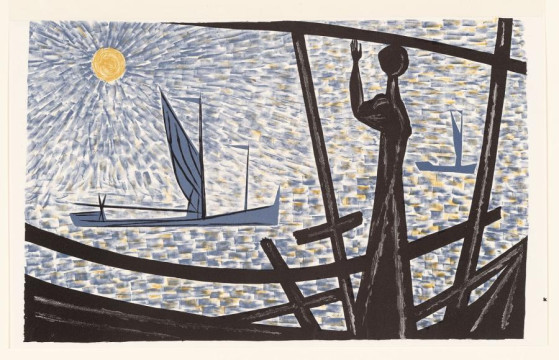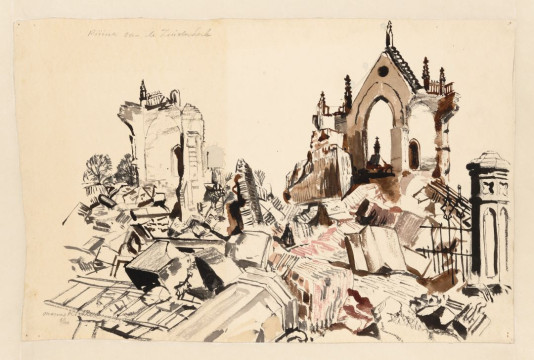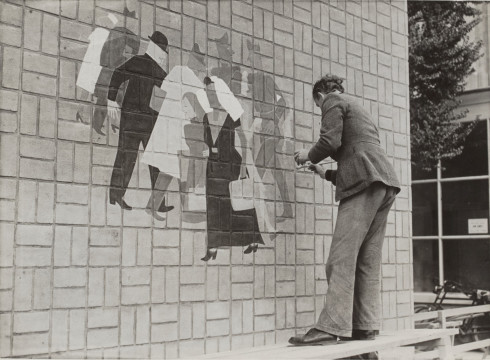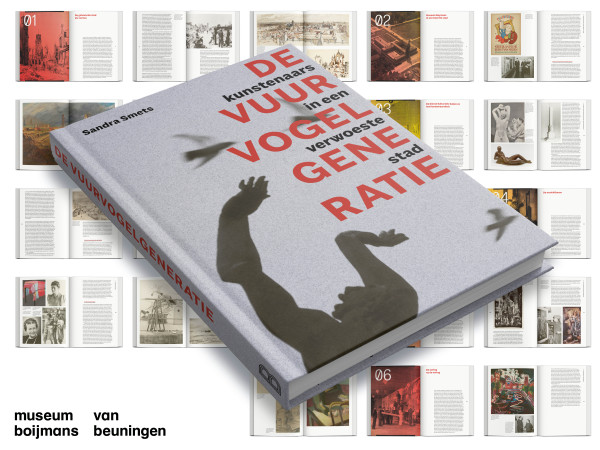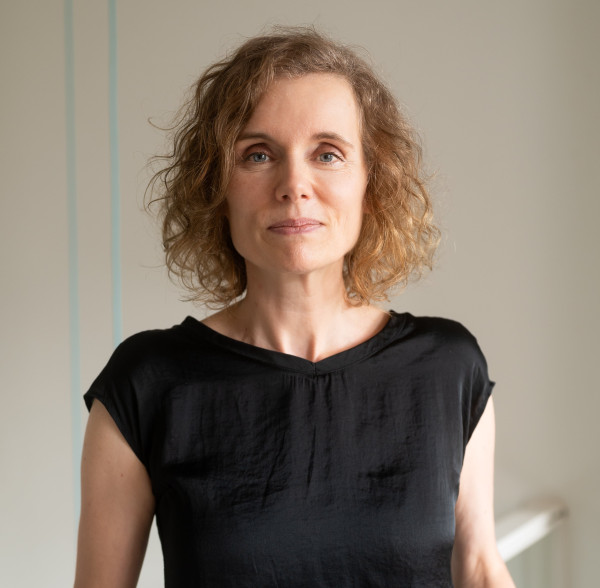
Dolf Henkes, Destroyed Harbour, 1985 – 1986, collection Museum Boijmans Van Beuningen, Rotterdam. Donation: J. Schafthuizen 1990. Photo: Studio Tromp.

Donors, friends and guests with a privilege pass may book a single or multiple time slots here
Donors, friends and guests with a privilege pass may book a single or multiple time slots here
Would you also like to experience more Boijmans or give a friendship as a gift? Join as a Friend and get invited for the annual Museumpark Vriendendag. Will we see you or your friend in the depot soon?
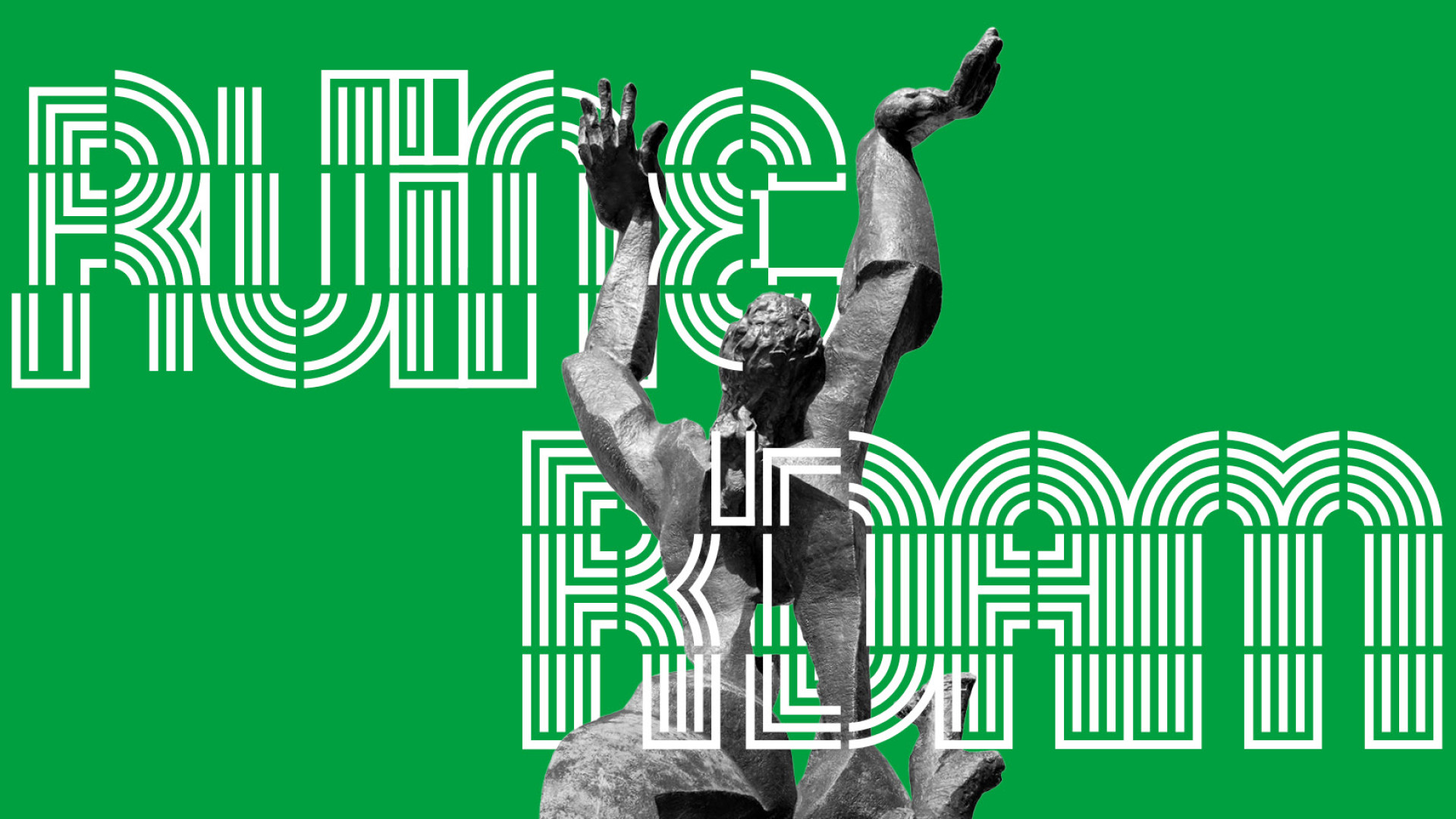
This autumn, Museum Boijmans Van Beuningen launches the major research project ‘Art Amid the Ruins’. What was life like for artists in Rotterdam in the aftermath of the bombing on 14 May 1940? How did they survive? As unlikely as it may sound, the city’s art world flourished during the occupation.

Dolf Henkes, Destroyed Harbour, 1985 – 1986, collection Museum Boijmans Van Beuningen, Rotterdam. Donation: J. Schafthuizen 1990. Photo: Studio Tromp.
The project includes an exhibition, an interactive map and a publication that show the extent of Rotterdam’s art world during the Second World War. How were the lives of artists in Rotterdam affected in the aftermath of the bombing of 14 May 1940? What impossible choices did they face? The exhibition in Depot Boijmans Van Beuningen features artworks from the collection that were made during the occupation or have a connection to that period. In the accompanying book The Firebird Generation, art historian and guest curator Sandra Smets describes the lives of ten Rotterdam artists during the war. Lastly, there is an interactive, online walking map of Rotterdam that invites everyone to explore this history for themselves.
The exhibition in Depot Boijmans Van Beuningen presents a rich selection of paintings and drawings (and a few sculptures) from the MBVB collection. Most of the works are by artists who lived in Rotterdam during the war, such as Agnes Canta, Wally Elenbaas and Dolf Henkes. They tell the story of their time: a world adrift, confusion, bombings, ruins and unexpected moments of beauty. Many of the works have not been seen for many years.
How the dreamlike lacquered panel of fish by Jaap Gidding ended up in the museum collection is unknown but we do know that it previously hung in the home of Anton Mussert, the leader of the Dutch National Socialist Movement, who was not exactly a great art lover. There is even one work from the collection that has never been displayed in a museum: a sculpture by the controversial artist Johan Polet, who was popular before the war and cancelled immediately afterwards: Polet had National Socialist sympathies. His Reclining Female Nude was therefore never shown. Until now. Because these darker elements are also part of the history that Art Amid the Ruins opens up for discussion.
The project explores the policy of commissioning public artworks during the war. We now know, for example, that a large drawing of doctors and patients by Marie Willeboordse is a preliminary study for a monumental mural she made during the war in the then recently finished Cité Sanitaire (now the GGD Rotterdam-Rijnmond). And the project sheds light on various Jewish artists from Rotterdam who have been forgotten. Together all these elements provide an insight into the breadth of Rotterdam’s art world during the occupation.
The exhibition has been curated in close association with guest curator Sandra Smets.
In addition to the exhibition and book, the museum is launching an online interactive map of historically relevant places and buildings that played a role in the art world in Rotterdam during the occupation years. How many of them remain and what can still be seen? The map provides inspiration for walks through Rotterdam that take you back in time. Some of the walks have been curated by Museum Boijmans Van Beuningen. Further information will follow soon.
An important aim of this research is to learn even more about Rotterdam’s art world and everyone who was part of it. We want to hear your stories. For example, do you know more about women artists who were active in Rotterdam during the Second World War? Or do you own artworks or photographs made during that period? Let us know.
Click 'submit' on the map and fill in the formThe core of this project is the book The Firebird Generation: Artists in a Destroyed City, in which art historian and guest curator Sandra Smets delves into the lives of ten artists and art world figures in Rotterdam during the occupation. It paints a picture of a city in ruins and explores how artists put the pieces back together.
The book, published by Museum Boijmans Van Beuningen, is available in the Depot bookshop online.
Order the book hereSandra Smets (1970) is an art historian. She writes about visual art, including public art, for various publications. She worked for more than ten years at the Centrum Beeldende Kunst Rotterdam and has worked for NRC Handelsblad since 2006. In 2018 she was a guest curator for the exhibition 'Boijmans in the War: Art in the Destroyed City' at Museum Boijmans Van Beuningen. The museum commissioned she a follow-up study of artists in Rotterdam during the Second World War. Her book The Firebird Generation is about this turbulent history.
The research project 'Art Amid the Ruins' has been made possible in part by the Mondriaan Fund, Stichting de Leeuwenberg, Stichting Pieter Haverkorn van Rijsewijk, Prins Bernard Cultuurfonds Z-H, M.O.A.C. Gravin van Bylandtstichting, Hendrik Muller Vaderlandsch Fonds and Stichting Elise Mathilde Fonds.
